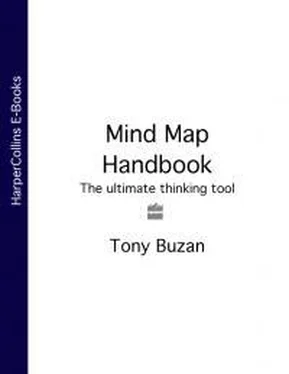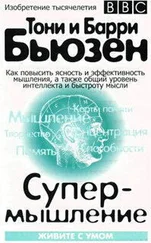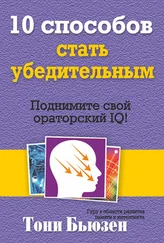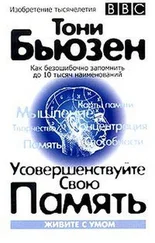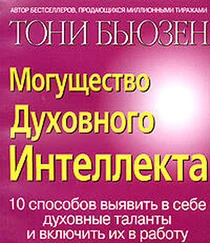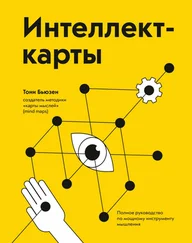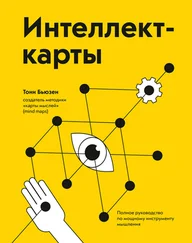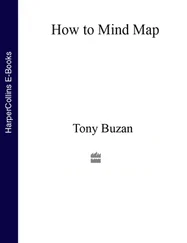Try to remember back to when you were four years old in your first school.
It is a lovely autumn day, and your teacher comes into the classroom and announces enthusiastically that today you are going to do your first lesson in art.
You are very excited, because your mind is full of wonderful images, and you can’t wait to express them on paper, which you have in abundance, as well as lots of wonderful rainbow-coloured pencils and crayons with which to create your first masterpiece!
The teacher says, again enthusiastically: ‘All right children, are we all ready? I want you to draw an aeroplane.’
In your mind’s eye you can see the aeroplane clearly, but the technique for getting it out of your brain and onto the paper proves to be a little more difficult. So at this stage, what do you, as a four-year-old, surrounded by your four-year-old friends each with their paper and coloured pencils, naturally do? You will, of course, look around to see what the other children are doing.
What will your teacher say to you when he or she observes you looking around?
‘Stop looking at other children’s work! That’s cheating!’
The Death of the Artist
In my and my colleagues’ surveys, virtually everyone had a similar experience.
Now think for a moment about what actually happened to you at that stage. It was the same as if your parents had waited for you to finally get it all together to say your first word: ‘MAMA’, and had responded by saying: ‘We always knew you were going to be a cheat! Don’t use our language, make up your own!’
Of course no parent would ever be so foolish as to say this. Why? Because we all deeply and intuitively know that our brains learn first by copying. Copying is the first essential tool in any learning. It is the way our brains acquire the basic building blocks of knowledge from which we can then add our own unique creativity.
It is as true for art as it is for language.
Let’s return to your first art class, where you have just had your prime learning technique taken away from you. From that point on the wonderful and natural creative artist you are will increasingly go into hiding, never again wanting to have such a beautiful dream crushed.
The artist in you may be in hiding, but the dream is still alive, and it can take flight again now, just as it could have done then!
Frustrated, you struggle vainly and disconsolately on, until the time is up. When you have ‘finished’ your work, you are then allowed to look around. And what do you see?
Better aeroplanes!
In fact, ironically, most children see better aeroplanes because they look at the worst part of their own drawings, and the best part of the others’ drawings.
At this stage your classmates might come around and help you in your realization that yours is not the masterpiece of which you had dreamed, and your Least Best Friend may say something like: ‘That’s not very good! It hasn’t got any wings!’ The pain and humiliation begin to gather momentum, and the budding shoot of your creativity already starts to wither.
Next comes more pain. For on the wall of your classroom, for the next two weeks, either is not your little aeroplane, and you are condemned by its absence, or (even more horrifying) is your little aeroplane, and you have to look at the blasted thing for two weeks. Its very presence reminds you every day of your incompetence, failure and the non-realization of your fantastic dream.
Sometime afterwards, your teacher comes into your class and announces: ‘Children, we are going to do art again today!’
And what does your brain say?
‘Noooooooooooooooooooooooooooohhhhhh WAY!’
Your brain will decide to flick pieces of paper or paperclips at the children who did good drawings, to pass messages to your friends, or to watch the wonderful artistic and creative world outside the window, and daydream. Your brain will not want to do art. Why? Because it has already proved to itself that it cannot.
The Rebirth of the Artist
All that was necessary when you were four years old was for someone to say something like: ‘That’s an interesting little aeroplane! Would you like the next one to have wings on it?’ And you would have said: ‘YES’.
The ideal teacher would have then said something like: ‘Well, all you have to do is do two little lines here, and two little lines there, and you have wings. And if you want to draw even better and more beautiful aeroplanes, go over there to little Charley, who has taught herself to draw wonderful aeroplanes, and ask her to show you how she draws them.’
If this approach had been taken, and had been continued, you would have learnt what is actually a very simple alphabet for learning how to draw, and would today be a competent creative artist.
The rest of this chapter will allow you to rekindle the dream, and to perform tasks that will amaze you, your family and your friends.
Creative Art Game Number 1 (Accomplishing the Impossible)
In this creative exercise I am going to take you back once again to when you were four, and am going to re-start your career as an artist! To make sure that this is a fair, fresh start, you are going to use the hand with which you do not normally write or draw!
Why? Because having never drawn with this hand before you will, literally, be starting completely anew.
The exercise is as follows. Here, you will see a number of squares, each labelled with a letter and a number, and each filled with lines of different lengths and angles, each square of the grid containing a very small number of these lines.
Here is a grid lettered from A–G and numbered from 1–7. Your task is, using the hand you do not normally use, to copy, very carefully the lines in each square onto the correct grid square. When you have finished, quickly check each square to make sure that you have it as near perfect as possible. Then, and only then, turn the book upside down and see what you have created! Afterwards, record your reactions.
Aren’t You A Creative Genius?!!
With your untrained, unused, ‘weak’ hand, you have drawn a reasonable likeness of the greatest creative genius of the last thousand years, Leonardo da Vinci!
How were you were able to do this? Because, quite simply, your brain was using a method that you had never known before, and that is natural to all artists (like yourself) and all creative thinkers (again, like yourself!) This method is simply to allow the combination of your eye and brain to measure things, just as they are designed to do. When your brain is allowed to do this objectively, without any interference from thoughts such as: ‘I’ll never be able to do this’; ‘I’m no good at art’; ‘Art is only emotion’; ‘I’m useless at drawing’, etc., it sees purely, measures purely, copies purely, and therefore draws naturally in the way everybody can.
Think about it – the drawing you have just completed is the first drawing you have ever done with that hand. Just imagine what levels your art can rise to when you have had days, weeks, months and years to develop a skill which leaps out of the starting blocks at a first class level!

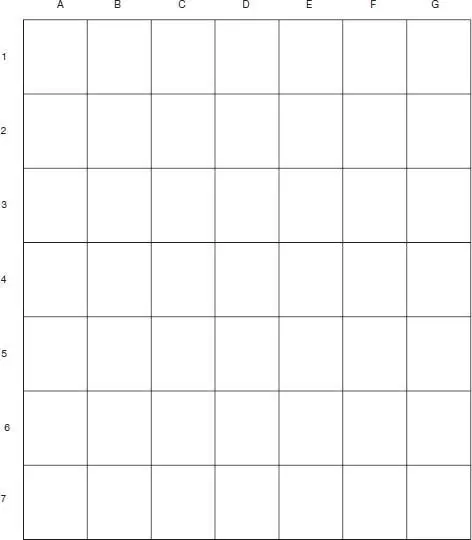
The Artistic Secret of the Greats
Now for the next surprise … the amazing artistic secret of Michelangelo and Leonardo da Vinci!
They did exactly the same thing as you have just done! They drew by first observing, and then by numbering and measuring. Look at the illustrations on these two pages. The first is Michelangelo’s beautiful drawing of an athlete. If you look carefully, you will see that down the right side and to the lower left are a series of lines, markings and numbers. This was Michelangelo observing the human form like a scientist, measuring the proportions of the body, giving himself the line and number guideline, and then ‘filling in’ the blanks.
Читать дальше
